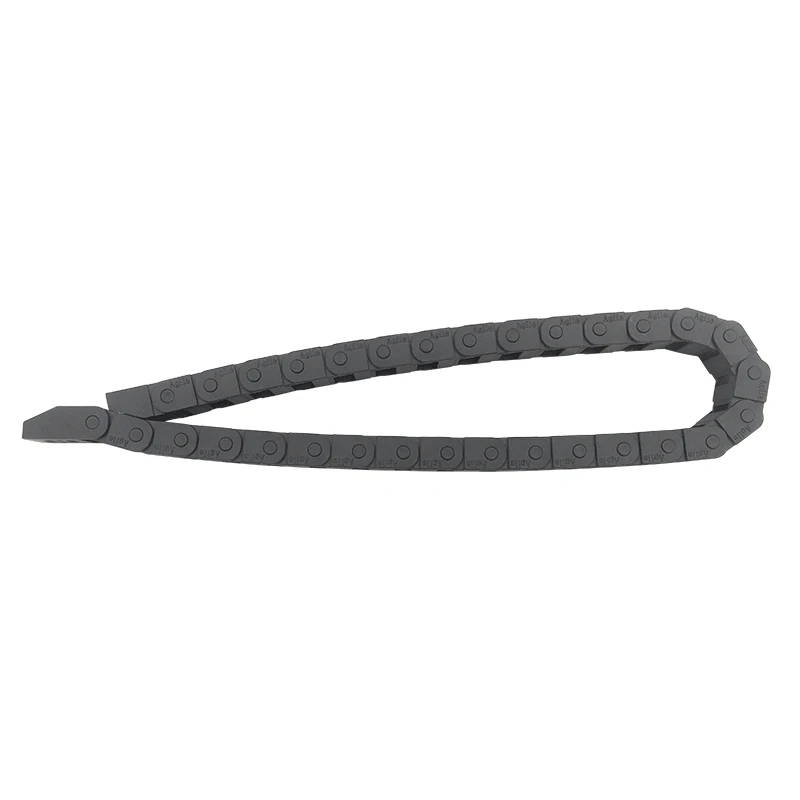telescopic bellow
Understanding Telescopic Bellows A Technical Overview
Telescopic bellows, often referred to as simply bellows, are flexible, accordion-like structures designed to protect various mechanical components. Their key function is to provide an essential barrier against contaminants, such as dust, dirt, and moisture, while also accommodating linear motion in machinery. These components are especially prevalent in industries requiring intricate machinery and delicate instruments, including manufacturing, robotics, and aerospace.
The design of telescopic bellows typically incorporates multiple folds, allowing for significant extension and compression. This capability is paramount in applications where movement is a constant, such as in CNC machines and linear guides. As the machine operates, the bellows expand and contract, adapting to the changing dimensions while maintaining a protective enclosure around moving parts.
One of the primary materials used in the construction of telescopic bellows is rubber or polyurethane, chosen for their durability and resilience. These materials are often combined with reinforcements, such as metal or fabric, to enhance strength and reliability. The choice of material depends on the specific application and the environmental conditions the bellows will encounter. For instance, high-temperature applications may require silicone-based elastomers, whereas high-abrasion environments might benefit from fabric-reinforced compounds.
telescopic bellow

Telescopic bellows serve several critical functions. First and foremost, they shield sensitive components from environmental factors that could lead to wear, corrosion, or malfunction. By preventing the ingress of dirt and moisture, bellows help preserve the integrity of machinery, leading to reduced maintenance costs and extended equipment lifespan. Additionally, they contribute to operational safety by containing any debris or oil that might be present, thus minimizing hazards in the workplace.
Installation and maintenance of telescopic bellows are straightforward tasks, though attention to detail is essential. Proper alignment during installation ensures the bellows function effectively, while regular inspections can help identify signs of wear and prevent catastrophic failures. Replacement is usually a simple process, and many suppliers offer customizable solutions to cater to specific machine requirements.
In conclusion, telescopic bellows are vital components in modern machinery, playing an indispensable role in protecting equipment and facilitating smooth motion. Their ability to adapt to dynamic movements while providing a robust defense against contaminants makes them an ideal choice for numerous industrial applications. As technology progresses and machines become increasingly sophisticated, the demand for high-quality, reliable telescopic bellows is likely to grow, underscoring their importance in engineering and manufacturing processes worldwide.








